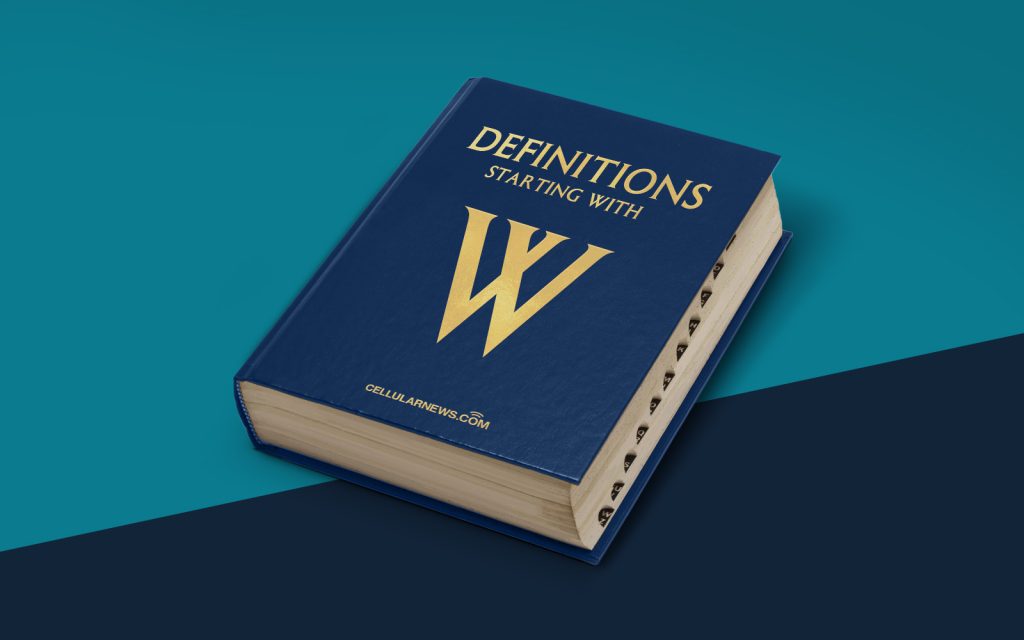
Hey there! Have you ever wondered what wavelength is all about? Well, you're in the right place! In this article, we're going to dive into the world of wavelengths and explore what they are and how they work.
Key Takeaways
- Wavelength is the distance between successive crests of a wave.
- Wavelength is commonly used to describe different types of waves, including light and sound waves.
So, let's get started!
What is Wavelength?
-
Definition: Wavelength is the distance between successive crests of a wave. Imagine a wave as a series of up-and-down movements. The distance between two consecutive upward peaks (or two consecutive downward troughs) is what we call the wavelength.
-
Types of Waves: Wavelength is commonly used to describe different types of waves, including light and sound waves. Different types of waves have different wavelengths. For example, red light has a longer wavelength than blue light, and a deep, rumbling sound has a longer wavelength than a high-pitched squeak.
How Does Wavelength Work?
So, how does this all work? Well, when it comes to light waves, different wavelengths correspond to different colors. For example, red light has a longer wavelength, while blue light has a shorter wavelength. When all the different wavelengths of light are combined, we see white light.
In the case of sound waves, different wavelengths correspond to different pitches. Longer wavelengths produce lower pitches, while shorter wavelengths produce higher pitches.
Conclusion
In a nutshell, wavelength is a crucial concept when it comes to understanding waves. Whether it's light waves or sound waves, the concept of wavelength helps us make sense of the world around us. So, the next time you see a rainbow or hear a musical note, you'll have a better understanding of the role that wavelength plays.
I hope this article has shed some light on the topic of wavelength for you. If you have any more questions, feel free to explore other articles in the "DEFINITIONS" category.
